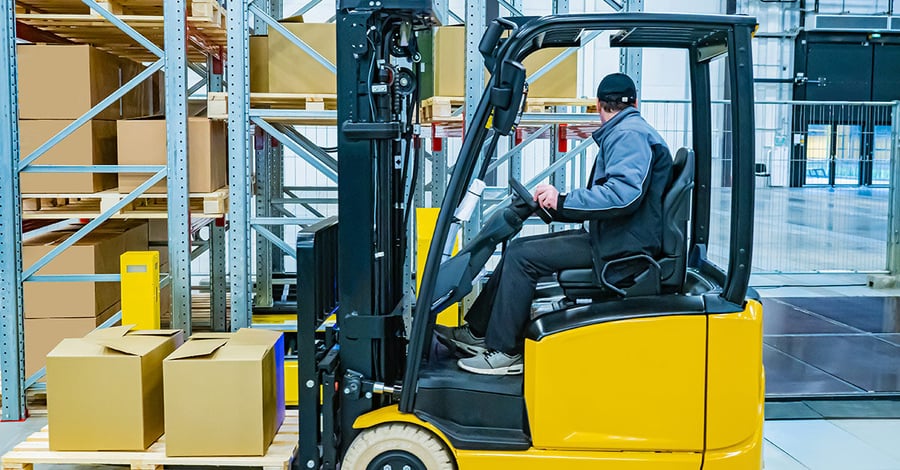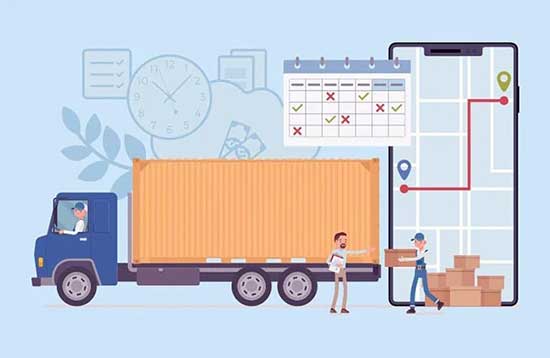

For years, transport owners have been burdened with the inefficiencies of transitioning from cross-docking operations to execution transport. This changeover, while crucial for improving service and delivery times, often introduces labor waste, duplicated administrative efforts, and a drain on the bottom line. The core issue lies in managing this shift without the right tools or strategies in place, resulting in operational bottlenecks that diminish the potential gains.
Why the Changeover Is Painful
Cross-docking is a more straightforward system that prioritizes quick movement of goods, but as businesses scale and demand higher execution efficiency, transport owners are forced into a complex juggling act. Without clear oversight, labor hours are wasted on manual tasks, and administrative teams often find themselves duplicating efforts just to keep up. For many transport businesses, this situation creates a vicious cycle where unnecessary labor costs eat into profitability.
Walking the Floor Isn’t Enough
One of the oldest solutions to inefficiency is the classic "management by walking around." Walking the floor daily gives transport owners a ground-level view of operations, but this only scratches the surface of what’s really going on. While it may help identify minor bottlenecks, it doesn’t provide a clear, data-driven view of the bigger picture.
Owners and managers may spot operational missteps, but the repetitive nature of manual oversight isn’t sustainable. It becomes impossible to accurately track waste and inefficiency without visibility across the entire operation.
The Macro-Level View: Investing in the Right Tools
The real solution lies in investing in tools that provide a comprehensive, macro-level view of the entire operation. Modern transport management systems (TMS) offer a bird’s-eye perspective of daily tasks, from shipment execution to route planning, workforce management, and resource allocation. These systems can pinpoint where time, labor, and money are being wasted, allowing for more strategic decision-making.
The ability to track key performance indicators (KPIs) across all touchpoints in the transport process can turn guesswork into actionable insights. A data-driven approach not only reduces the manual, repetitive work but also empowers businesses to make smarter, faster adjustments to their operations.
Moving Forward: It’s Time to Shift Gears
The shift from cross-dock to execution transport doesn’t have to be a source of frustration. With the right tools in place, transport owners can reduce waste, eliminate duplicated administration, and focus on what really matters—delivering value to their customers.
In the end, managing the transition efficiently is about understanding the data, streamlining processes, and ensuring that every operational move enhances profitability rather than diminishes it. Investing in technology today can prevent years of operational pain and give transport businesses the edge they need to thrive in a competitive landscape.
So what are the results...
Ramco has delivered several tangible results for transport owners transitioning from cross-dock to execution transport. Here are some key examples:
1. Automated Route Optimization
Ramco’s Transport Management System (TMS) has helped clients cut down manual route planning, which often leads to inefficiencies. For instance, a large logistics provider was able to automate route optimization, resulting in a reduction in fuel costs and fewer driver hours, directly lowering operational expenses.
2. Real-Time Visibility and Tracking
Ramco’s platform integrates real-time tracking, providing a macro-level view of all ongoing operations. One client reported an improvement in delivery time and a decrease in customer service inquiries by giving customers live updates on their shipments, reducing administrative burdens tied to manual tracking.
3. Digitized Freight Documentation
Ramco introduced a paperless freight documentation process, eliminating the need for manual data entry. This change saved a client hours per week in administrative tasks, which previously involved duplicated effort across teams. It also reduced errors, improving billing accuracy by.
4. Predictive Maintenance
By integrating predictive maintenance tools within their TMS, Ramco helped a transport fleet reduce unexpected vehicle downtime. This not only saved on repair costs but also optimized fleet usage, increasing overall productivity and reducing labor wasted on unplanned disruptions.
5. Scalable Workforce Management
Ramco enabled a logistics company to scale its workforce more effectively by forecasting labor needs based on historical data. This approach led to better labor distribution during peak times and reduced idle labor hours, ultimately saving the company thousands in unnecessary labor costs each month.
6. Customizable Dashboards for Decision-Making
Ramco’s TMS offers customizable dashboards that provide key performance insights at a glance. One client reported a increase in overall efficiency by using these dashboards to quickly identify and address operational bottlenecks, without needing to micromanage each process.
These examples showcase how Ramco’s TMS and other digital solutions help transport owners streamline their transition from cross-dock operations to a more efficient, data-driven execution transport model, resulting in tangible cost savings and productivity gains. Stay safe as we enter Peak Season.
Frequently Asked Questions (FAQs)
Enterprise asset management (EAM) involves the management of mission critical assets of an organization throughout each asset's lifecycle. EAM is used to plan, optimize, execute, and track the needed maintenance activities with the associated priorities, skills, materials, tools, and information. The aim is to optimize the quality and utilization of assets throughout their lifecycle, increase productive uptime and reduce operational costs.
Enterprise asset management (EAM) involves the management of the maintenance of physical assets of an organization throughout each asset's lifecycle. EAM is used to plan, optimize, execute, and track the needed maintenance activities with the associated priorities, skills, materials, tools, and information.
The software helps in effective maintenance of assets through preventive, predictive, shutdown and breakdown maintenance strategies. The system also helps enterprises mitigate equipment risks by enhanced safety standards. The streamlined operations and improved asset performance helps organizations increase their investment effectiveness.
EAM is important because it helps organizations track, assess, manage and optimize asset quality and reliability. Asset intensive Organizations have hundreds, thousands, even millions of assets which needs to be maintained to maximize / optimize life of these assets to increase the return on investment.
The key features of effective EAM are:
- Work management.
- Maintenance Strategies (Preventive/ Predictive / Breakdown / Shutdown).
- Planning and scheduling.
- Supply chain management.
- Health and safety.
- Mobility.
- Analytics.
- Improved Asset Health at reduced cost through data driven maintenance Programs
- Complete visibilityon entire maintenance data across Equipment, across Models, across Branches to aid in analysis & decision making such as to Repair or Replace the Equipment
- Insightful analysis of Inspection Data to improve customer satisfaction
- Effective maintenance management enhanced by predictive maintenance and inbuilt analytics
- Increased reliability and safety, keeps complete track of all the inspections & calibration schedules
- Mobile Application enables users to execute work while “in the field” leading to minimized non-productive time and increased productivity and reduces duplication of work and human errors in recording information.
- Quick turnaround time through Actionable Notification & Alerts for every process in real time and accessible anytime and anywhere.
- Improved Regulatory Part of asset management involves the implementation of better O&M practices, which can significantly improve compliance.
Asset Intensive companies under the following Industries :
- Ports
- Cement and Mining
- Utilities
- Fleet Maintenance
- Equipment Rental
- Other Manufacturing
- Real Estate & Infrastructure
- Power Generation
Contact us for a meeting and schedule a demo
This differs on case to case basis, based on the type of installation and unique industry specific requirements. Contact us for a meeting and schedule a demo.
This differs on case to case basis, based on the type of installation and unique industry specific requirements. Contact us for a meeting and schedule a demo.
Stay Connected, follow us on LinkedIn / Twitter to know more about EAM Software latest trends.


